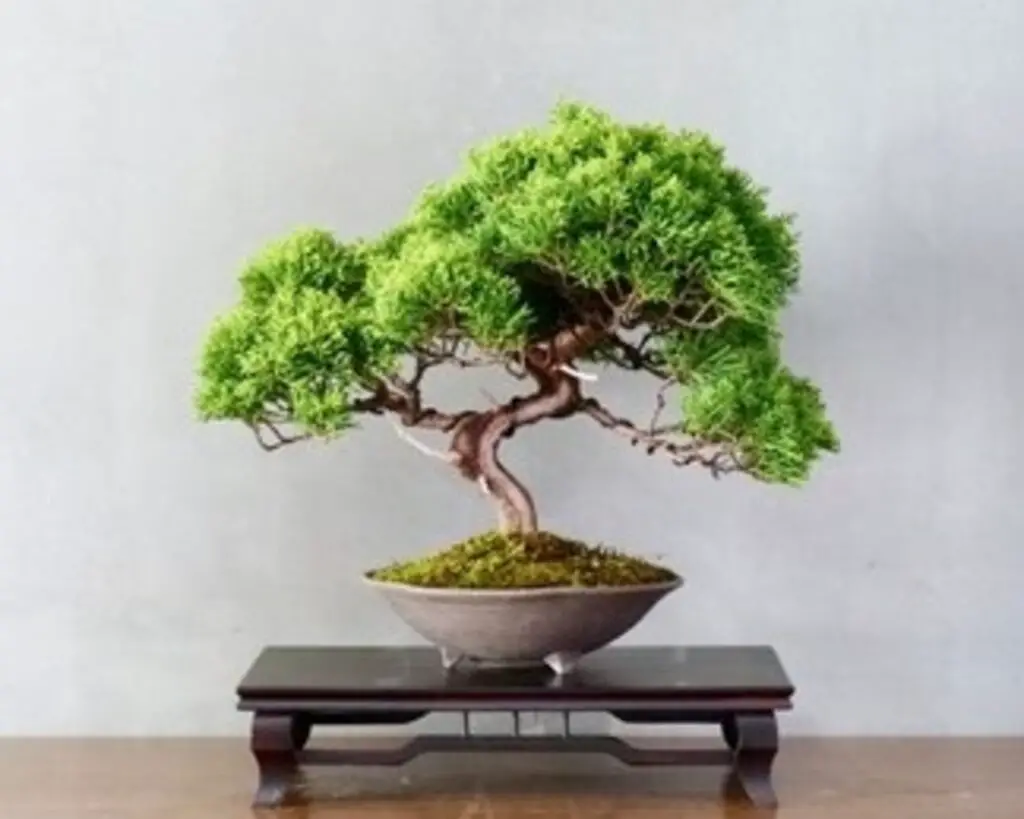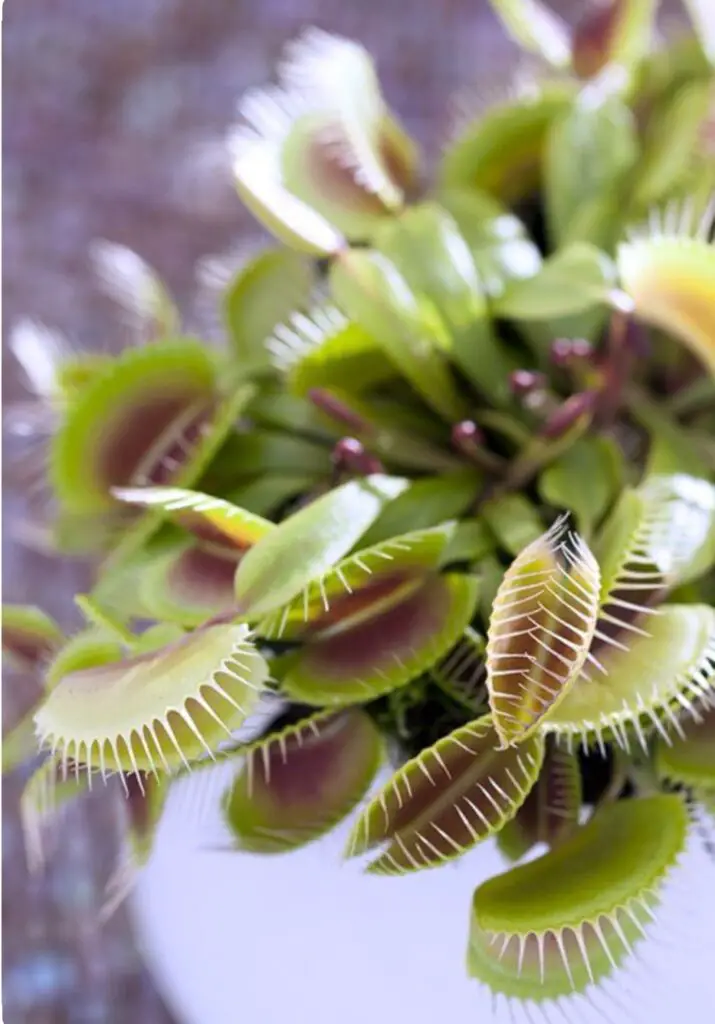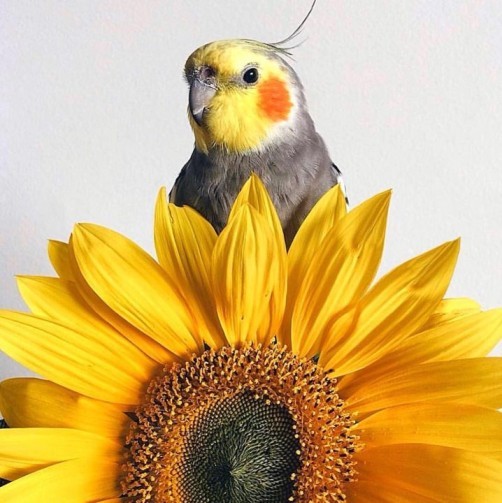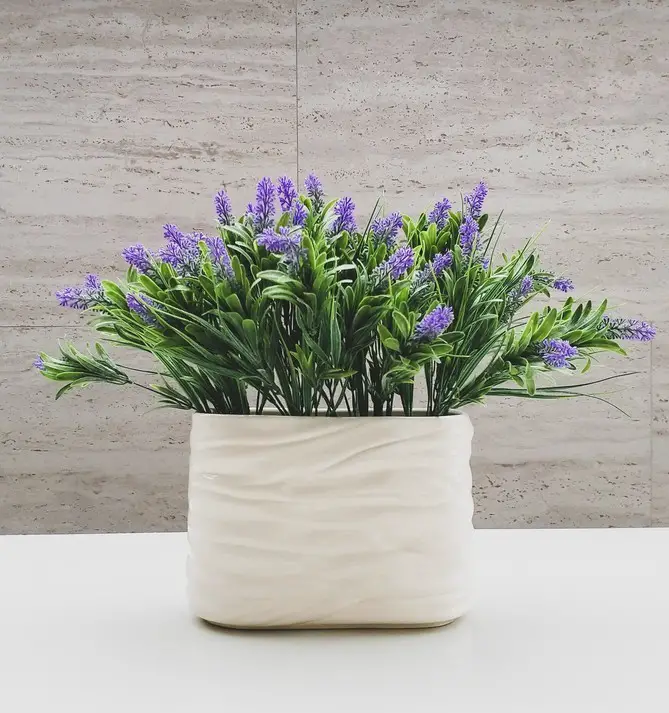Mint is such an amazing plant. Once you read this full article, you’ll have a new vision of how mints are mandatory to have around, whether in your garden or indoors in pots.
Table of Content
- Are Mints Easy To Grow.
- Mint’s characteristics.
- Why You Should Consider Planting mint.
- Mint Has Many Health Benefits.
- Potential Mint consumption side effects.
Are Mints Easy To Grow
Yes, mints are generally easy to grow and can thrive in a variety of conditions. Mint is a hardy perennial plant that is native to many parts of the world and can be grown in most temperate climates.
It prefers moist, well-drained soil and a sunny or partially shaded location, and is fast-growing and easy to propagate from stem cuttings or by dividing the roots of established plants.
Mint is also relatively low-maintenance and does not require a lot of special care to grow successfully. However, it is important to keep in mind that this plant can be invasive, so it is best to grow it in a pot or container to maintain its growth.
With the proper care, mint can be a rewarding herb to grow in the garden or in containers.
Related article: Causes of Black Mint Leaves & Treatment Methods
Mint’s characteristics
Mint is a popular herb that is easy to identify due to its distinctive appearance and aroma. Here are a few key characteristics to look for when trying to identify it:
How do mint leaves look like
Mint leaves are typically oval or lance-shaped, with serrated edges and a bright green color. They are often arranged in pairs on the stem and have a slightly wrinkled or crinkled appearance.
aroma
Mint has a strong, refreshing aroma that is often described as “minty” or “peppermint.” The aroma is most pronounced when the leaves are crushed or bruised.
Flavor
It has a refreshing, slightly sweet flavor that is also often described as “minty” or “peppermint.” The flavor is most pronounced when the leaves are fresh.
The Stem
Its stems are typically round, smooth, and green, and may be slightly hairy or downy. You might find other mint varieties with slightly purple or reddish stem colors.
Mint Flowers
During the flowering seasons, mint plants produce small, colorful flowers that may be white, pink, purple, or blue, depending on the variety. The flowers are typically arranged in clusters or spikes and bloom in the summer months.
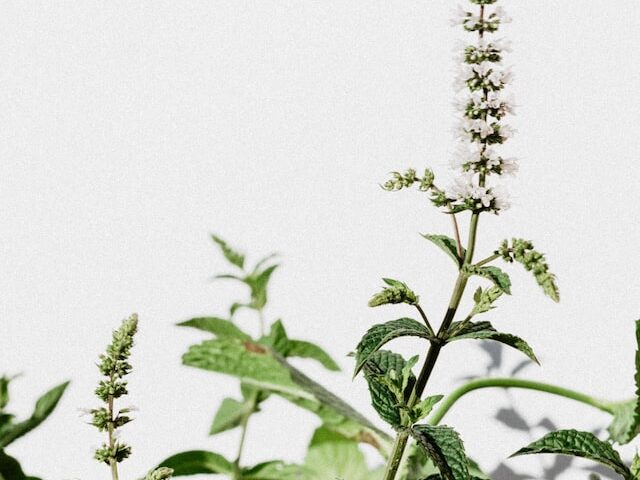
Later on, you can harvest its seeds once the flowers dry. You can either plant the seeds right away or store them in a dry place away from humidity.
To confirm that a plant is a mint, you can try gently rubbing your fingers on the leaf and smelling them to check for the distinctive minty aroma. You can also taste a small piece of a leaf to check for the minty flavor.
Keep in mind that this plant can resemble other herbs and plants, so it is always best to be sure before consuming or using them in cooking or remedies.
Read more: Lemon Basil History and Uses
Why You Should Consider Planting mint in your home, garden, or even at your office
Mint is a herb that is widely used in cooking and herbal remedies. There are many reasons to plant mint in your garden or in pots on your patio or balcony.
- It is easy to grow and requires very minimal care. It can be grown in a variety of soil types and thrives in sunny or partially shaded areas.
- It adds a refreshing flavor to a variety of dishes, including drinks, desserts, and savory dishes. It can also be used to make homemade teas and infusions.
- It is a low-maintenance plant that is easy to propagate, so you can easily grow more plants from its cuttings.
- It has a number of health benefits. It is known to aid digestion, freshen our breath, alleviate headaches, and helps greatly with relaxation.
- It is a natural pest repellent and can help to deter insects from your garden.
Overall, planting this beautiful herb can be a fun and rewarding experience that provides you with a useful and flavorful herb to use in your cooking and home remedies. Additionally, it is esthetically beautiful and will always keep the area looking fresh and green.
Read more: Is Lemon Verbena Toxic to Birds, Cats, Dogs, and Other Pets
Mint Has Many Health Benefits
It has been used for centuries in traditional medicine and cooking. This herb is known for its refreshing aroma and flavor. It has a number of health benefits when consumed or applied topically. Here are its few common health benefits:
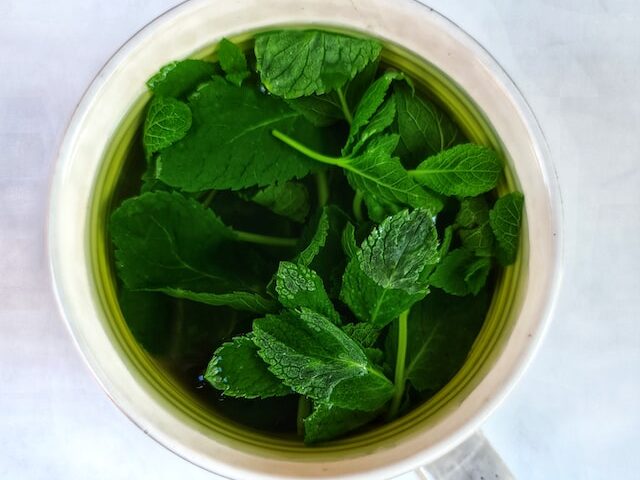
Digestion
It has been traditionally used to aid digestion and soothe digestive issues such as indigestion, bloating, and gas. It is thought to stimulate the production of bile, which helps to break down fats in the digestive system.
Freshen Breath
Another popular characteristic is its refreshing and invigorating aroma. This beautiful plant is often used in oral hygiene products such as toothpaste and mouthwash. The menthol in mint can help to freshen breath and kill bacteria in the mouth.
Headache relief
This herb has been used as a natural remedy for headaches due to its ability to relax muscles and improve blood flow. It can be applied topically as a massage oil or inhaled as a vapor to help alleviate headaches.
Allergy relief
It has anti-inflammatory and decongestant properties that may help to alleviate allergy symptoms such as a stuffy nose and sinus congestion.
Skincare
It has astringent properties that can help to tighten and tone the skin, and may also have a soothing effect on irritated skin. It can be used in homemade facial masks and toners.
It’s important to note that while mint can have health benefits, it is not a cure-all and should not be used as a substitute for medical treatment. If you have a specific health concern, it is always best to consult with a healthcare professional.
Read more: How to Store Tea at Home and Keep Its Quality and Freshness
Potential Mint consumption side effects
Mint is generally considered safe when consumed in small to moderate amounts. However, it is possible to experience side effects if you consume too much mint or are sensitive to the herb. Here are a few potential side effects of mint:
Heartburn
As I mentioned earlier, mint has a relaxing effect on the muscles of the digestive system, which can help to alleviate digestive issues such as indigestion and bloating. However, it can also relax the lower esophageal sphincter, which can allow stomach acid to flow back up into the esophagus and cause heartburn.
Allergic reactions
Some people may be allergic to mint and may experience symptoms such as skin irritation, itching, hives, or anaphylaxis when they consume or come into contact with the herb.
Interactions with medications & drugs
Mint can react negatively if it is consumed along with certain medications, such as antacids and certain blood pressure medications. Or some drugs such as those used to treat asthma, allergies, and depression.
It is important to speak with a healthcare professional if you are taking medications and are considering consuming mint.
Overall, it is important to consume mint in moderation and to be aware of any potential side effects or interactions with medications. If you experience any adverse effects after consuming mint, it is best to stop using it and consult with a healthcare professional.
If you found this information helpful, you’re more than welcome to join our weekly newsletter. You can also follow us on our social platforms for more gardening tips:

